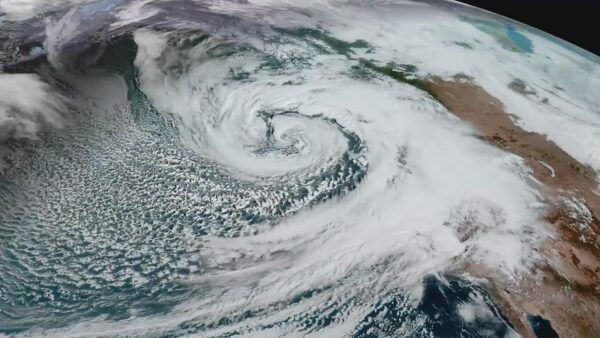The typhoon pummelling massive swaths of the US and Canada is what forecasters name a “bomb cyclone.” While this sort of typhoon isn’t distinctly rare, this one may be very strong, with excessive winds which might be bringing heavy snow or rain to many areas.
Storms can shape whilst a mass of low-strain air meets a excessive-strain mass. The air flows from excessive strain to low, growing winds. What defines a bomb cyclone is how unexpectedly the strain drops withinside the low-strain mass — through at the least 24 millibars in 24 hours. This quick will increase the strain difference, or gradient, among the 2 air loads, making the winds stronger. This system of speedy intensification has a name: bombogenesis.
As the winds blow, the rotation of the Earth creates a cyclonic effect. The route is counterclockwise withinside the Northern Hemisphere (whilst considered from above).
John Moore, a meteorologist and spokesperson for the National Weather Service, stated situations for a bomb cyclone have been met over the Great Lakes, wherein frigid Arctic air from the meandering polar vortex met very hot air to the east.
Air strain dropped to at the least 962 millibars, even as somewhere else it turned into as excessive as 1,047 millibars. “It’s a sincerely sharp gradient,” he stated.
As the vicinity wherein the 2 air loads meet, referred to as the Arctic front, movements northward and eastward, situations for bombogenesis need to retain transferring as well, Moore stated.
But because the Arctic air spreads over maximum of the u . s . a . it’s going to in the end warm, decreasing the strain difference. The typhoon will dissipate. And forecasts name for above-common temperatures throughout maximum of the u . s . a . subsequent week, he stated.


